Archives
- 2025-10
- 2025-09
- 2025-03
- 2025-02
- 2025-01
- 2024-12
- 2024-11
- 2024-10
- 2024-09
- 2024-08
- 2024-07
- 2024-06
- 2024-05
- 2024-04
- 2024-03
- 2024-02
- 2024-01
- 2023-12
- 2023-11
- 2023-10
- 2023-09
- 2023-08
- 2023-07
- 2023-06
- 2023-05
- 2023-04
- 2023-03
- 2023-02
- 2023-01
- 2022-12
- 2022-11
- 2022-10
- 2022-09
- 2022-08
- 2022-07
- 2022-06
- 2022-05
- 2022-04
- 2022-03
- 2022-02
- 2022-01
- 2021-12
- 2021-11
- 2021-10
- 2021-09
- 2021-08
- 2021-07
- 2021-06
- 2021-05
- 2021-04
- 2021-03
- 2021-02
- 2021-01
- 2020-12
- 2020-11
- 2020-10
- 2020-09
- 2020-08
- 2020-07
- 2020-06
- 2020-05
- 2020-04
- 2020-03
- 2020-02
- 2020-01
- 2019-12
- 2019-11
- 2019-10
- 2019-09
- 2019-08
- 2019-07
- 2019-06
- 2019-05
- 2019-04
- 2018-07
-
MK2206 Bile acids synthesized in the liver are secreted into
2022-09-08
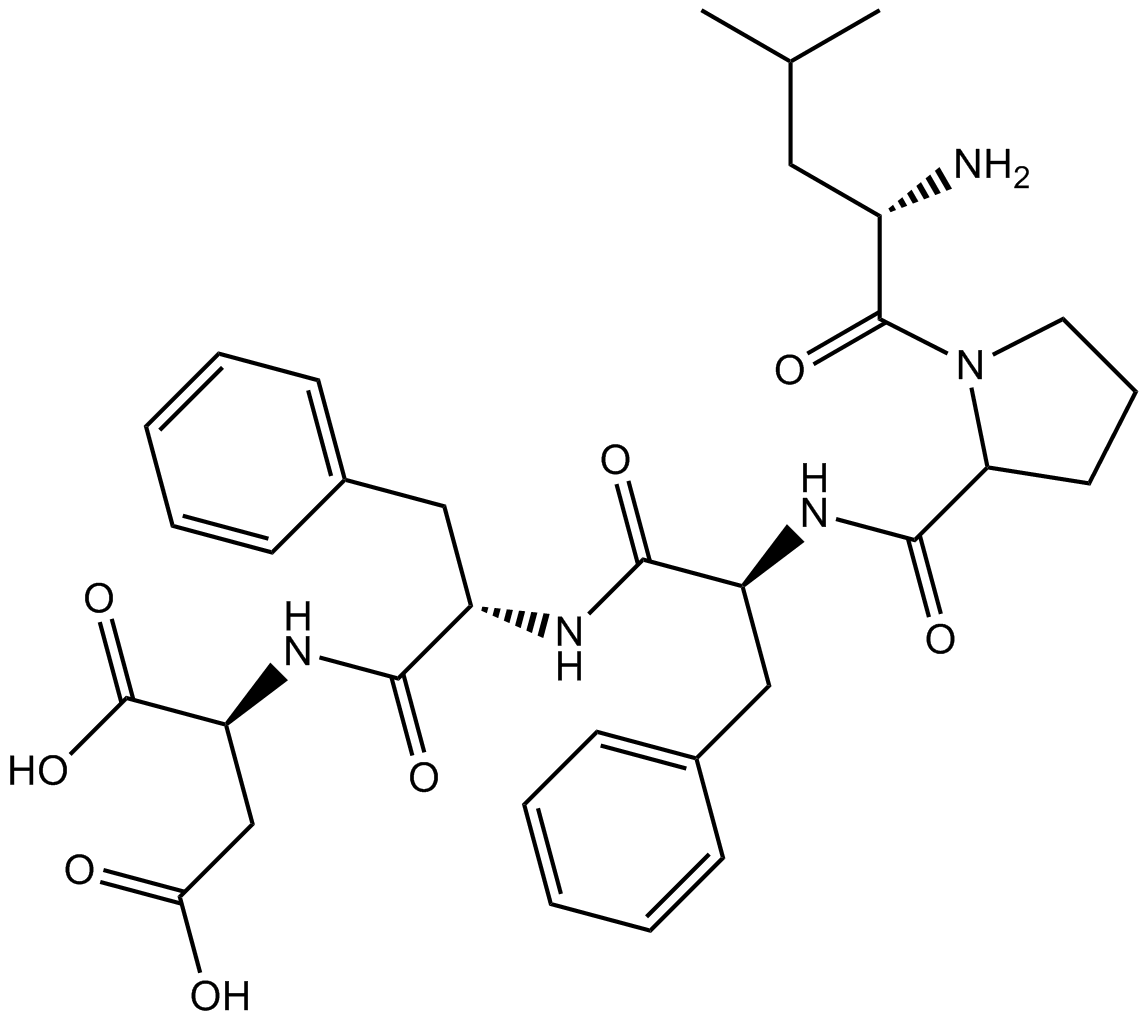
Bile acids synthesized in the liver are secreted into the intestinal tract to facilitate the digestion and MK2206 of nutrients. Most bile acids are reabsorbed by the ileum and are transported back to the liver via the portal blood circulation. Recently, bile acids have also been considered as hepat
-
In our previous study we designed and
2022-09-08
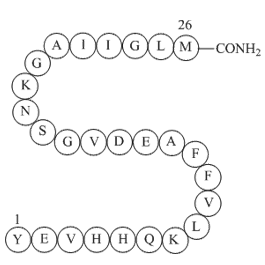
In our previous study, we designed and synthesized compounds of A series from the starting material 4-hydroxy-3-methoxycinnamic akt inhibitor (ferulic acid). These compounds with R group being amino acid residues, fatty acyl group and sulfuryl group showed moderate HDAC inhibition and in vitro antit
-
Human immunodeficiency virus type HIV is
2022-09-08
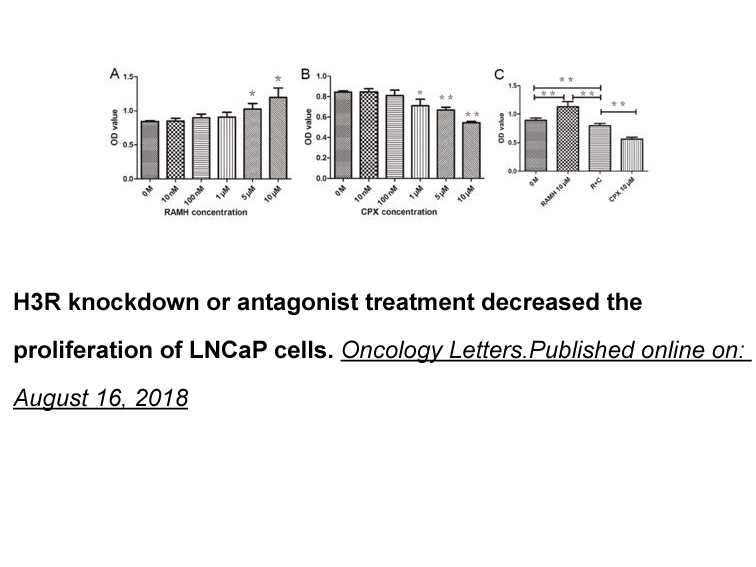
Human immunodeficiency virus type 1 (HIV-1) is responsible for the 94 6 receptor pandemic; notification is compulsory in Brazilian blood banks since 1988. From 1980 to 2016, the Brazilian MH reported 882,810 HIV/AIDS cases, with 52.3% in the southeast region. HIV/HCV co-infection has been associat
-
The translation of the HCV genomic RNA
2022-09-08
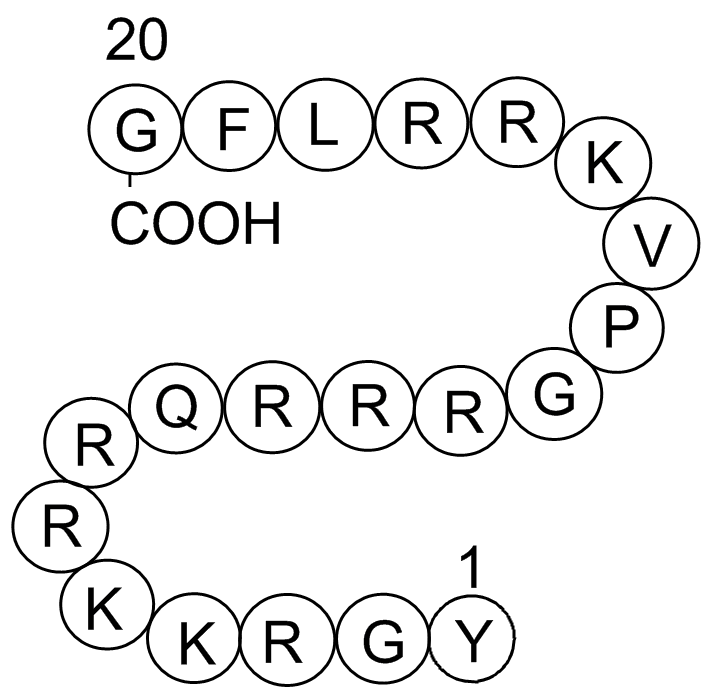
The translation of the HCV genomic RNA is initiated in a different manner, referred to as internal initiation: the 40S subunit directly forms a binary complex with the HCV genomic RNA via an internal RNA sequence called IRES, which is located in the 5′-UTR (Pestova et al., 1998, Tsukiyama-Kohara et
-
br Discussion Using HBV transgenic mice Kim et al
2022-09-08
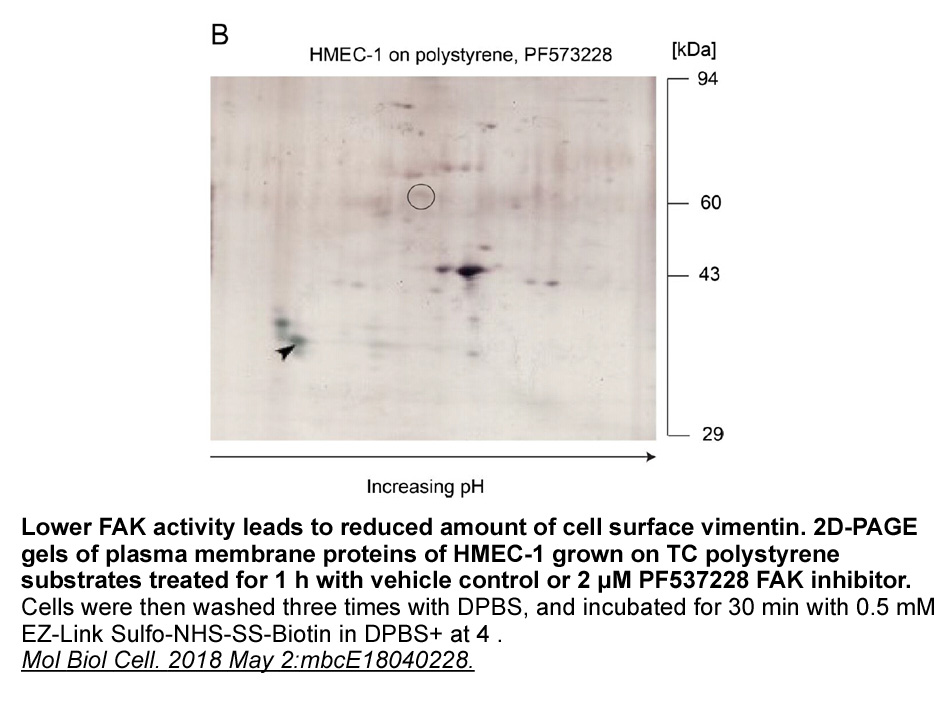
Discussion Using HBV transgenic mice, Kim, et al. first reported that the HBx gene caused HCC [34]. Since then, transgenic mice have become a useful experimental model for defining the molecular events of HBV hepatitis, and HBV-related hepatocarcinogenesis. In the present study, we first confirme
-
Carbon monoxide another key product from the breakdown of he
2022-09-08
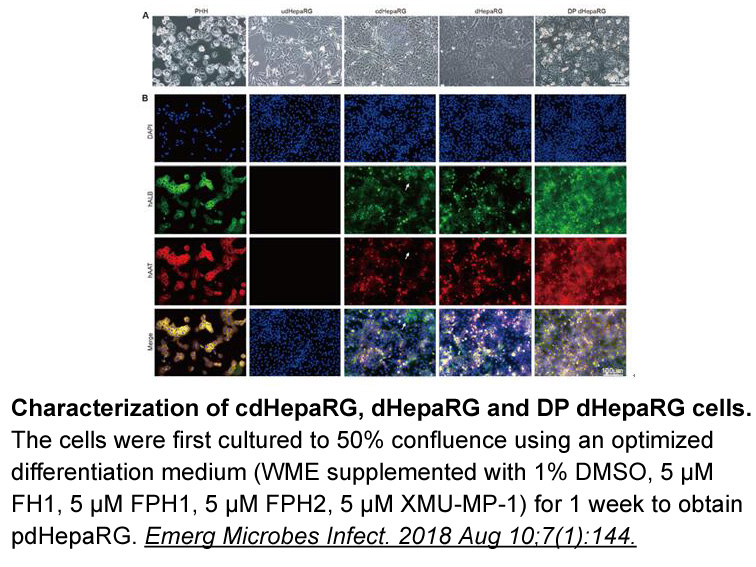
Carbon monoxide, another key product from the breakdown of heme by HO-1, also plays an important role in the vasculature. Like NO, CO is endogenously derived from the endothelium [68] and can weakly activate sGC by binding to its heme moiety [69]. CO was found to have vasodepressor activity in rats
-
br Introduction Chronic rhinosinusitis with nasal polyps CRS
2022-09-08
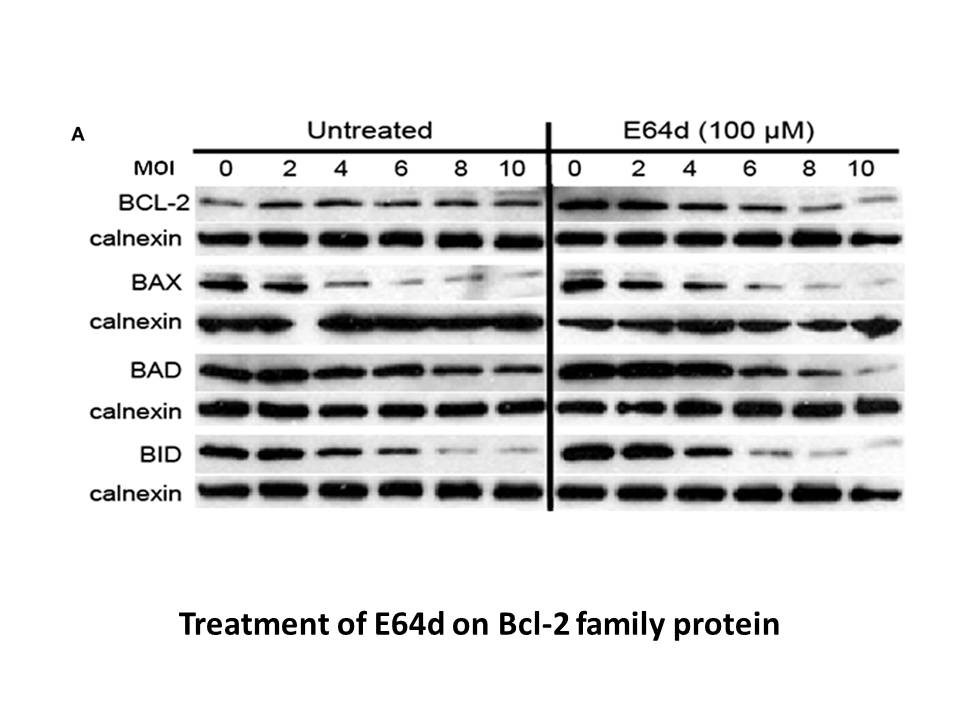
Introduction Chronic rhinosinusitis with nasal polyps (CRSwNP), a subgroup of chronic rhinosinusitis (CRS), is a chronic inflammatory condition of the nasal and paranasal sinuses. CRSwNP is characterized by grape-like structures with dense inflammatory infiltrates, loose fibrous AZD8931 and thick
-
During embryogenesis the expression of zGpr was found higher
2022-09-08
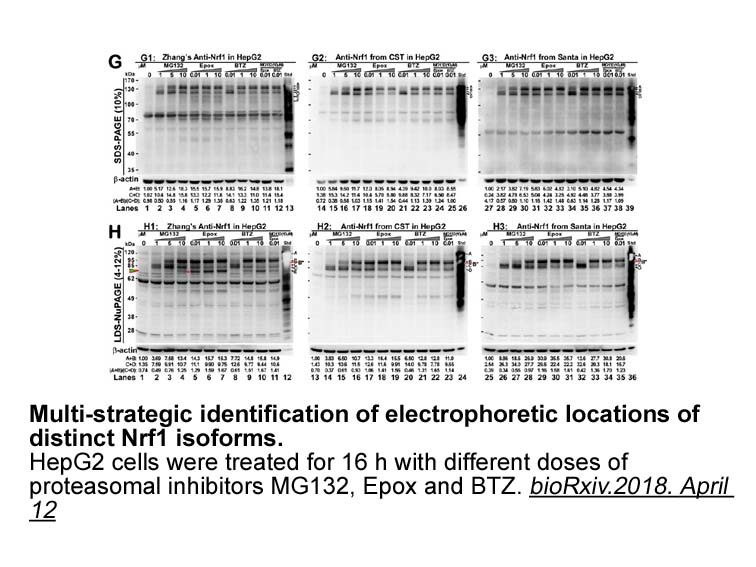
During embryogenesis, the expression of zGpr84 was found higher at the cleavage stage and decreased at both blastula and gastrula stages. It indicates that maternal zGpr84 transcripts are present at the cleavage and blastula stages, since zygotic transcripts are not produced before the gastrula stag
-
br Conclusions br Acknowledgements The authors thank Matt JM
2022-09-08
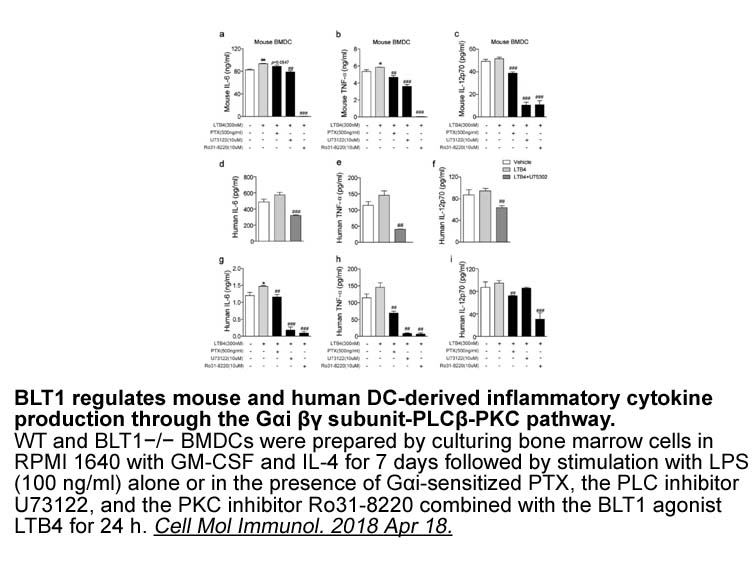
Conclusions Acknowledgements The authors thank Matt JM Wood and colleagues (AstraZeneca, UK) for permission to use logD and protein binding data presented in Sup. Table S2. Introduction The number of people suffering from type 2 diabetes mellitus (T2DM) has escalated worldwide as a consequ
-
br Materials and methods br Acknowledgements
2022-09-08
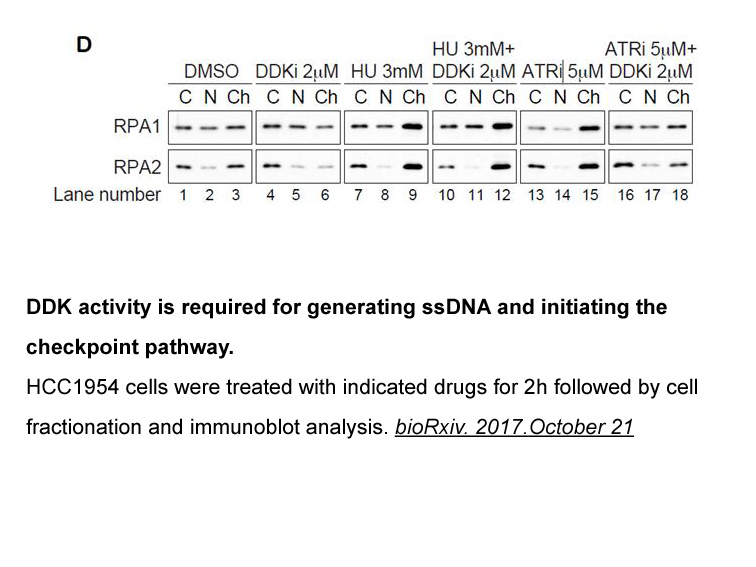
Materials and methods Acknowledgements The following reagents were obtained through the NIH AIDS Reagent Program, Division of AIDS, NIAID, NIH: SIVagm155-4 from Dr. Vanessa Hirsch and Dr. Philip Johnson; Anti-SIVmac251 Polyclonal; SIVagm tan-1 infectious molecular Dactolisib from Drs. Marcelo
-
In this study we provide
2022-09-08
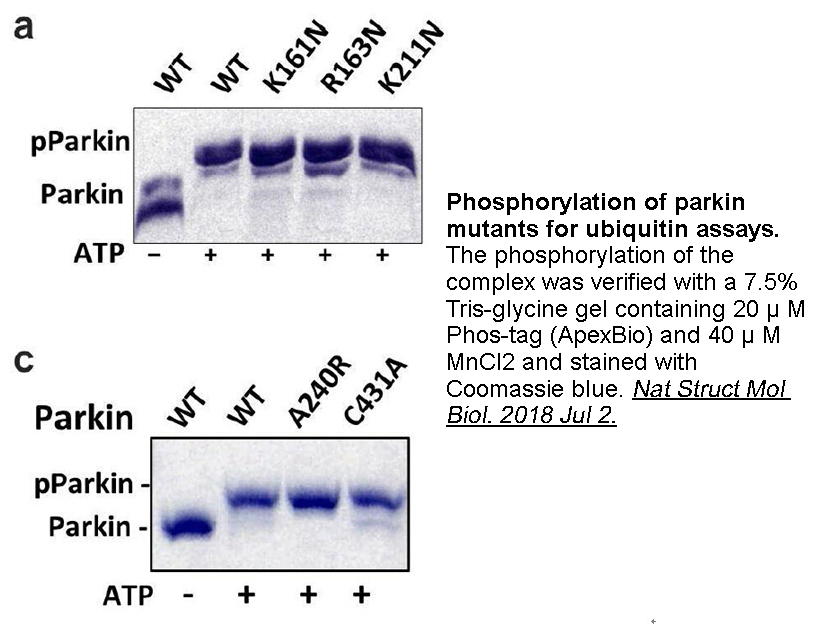
In this study we provide biochemical and immunohistochemical evidence for the localization of the glycine transporter GLYT1 in synaptic vesicles. Previously, it was thought that GLYT1 was exclusively a glial protein (Zafra et al., 1995a). However, due to a partial discrepancy between mRNA and protei
-
research to date br Vesicular glutamate transporters V
2022-09-07
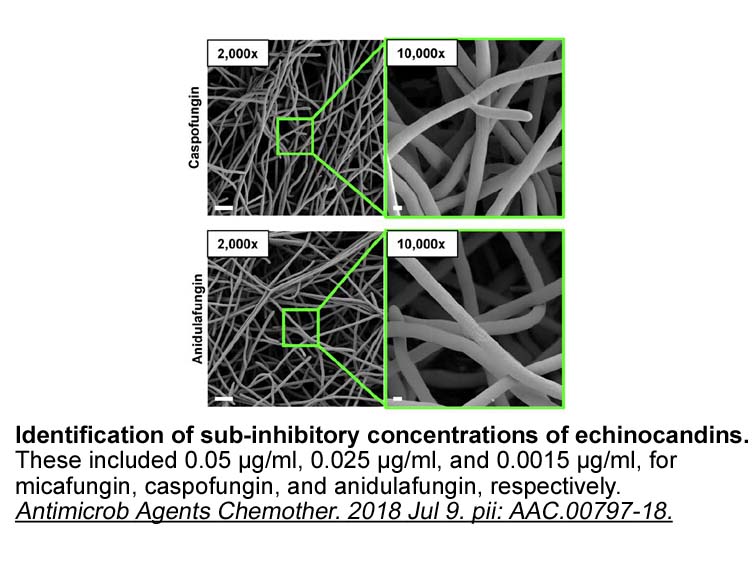
Vesicular glutamate transporters (VGLUTs) Conclusions Due to the molecular cloning of EAAT and VGLUT subtypes, a better understanding of the functional properties of these carriers has been elucidated over the last few years. In the case of the EAATs, specific blockers, such as trans-2,4-PDC,
-
br Conclusions The results of this work showed that glucosid
2022-09-07
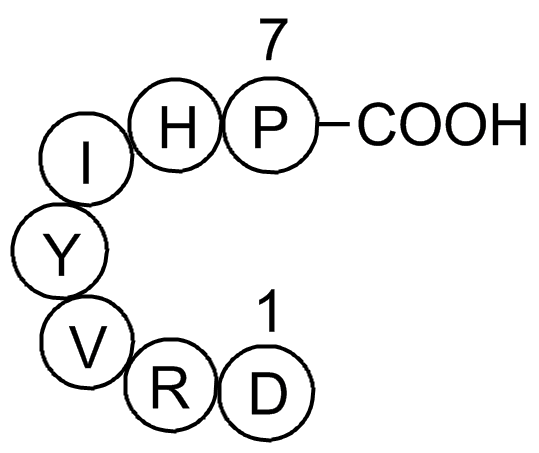
Conclusions The results of this work showed that β-glucosidase could be efficiently immobilized onto hydroxyapatite nanoparticles in a single adsorption step. The enzyme adsorption was accomplished by coordination bonds between remaining Ca2+ sites of HA and COO− of amino acids. The immobilizatio
-
chemical libraries The expression of GLUT receptors througho
2022-09-07
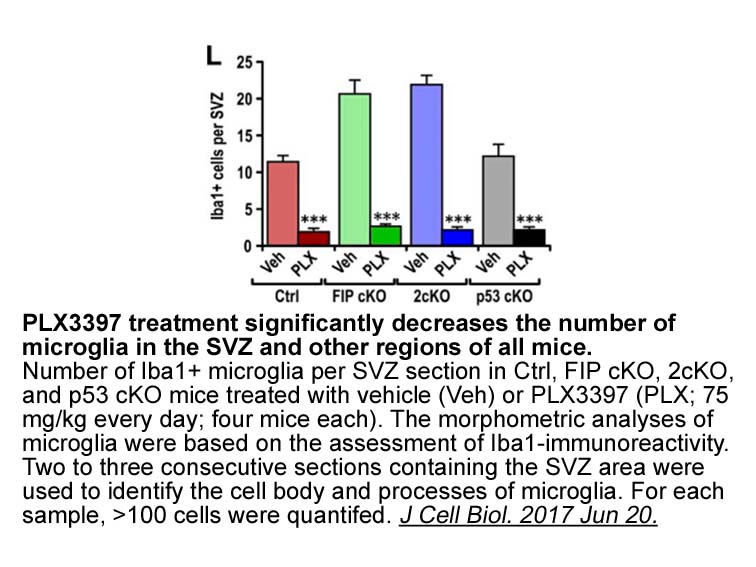
The expression of GLUT receptors throughout the body could be considered a potential source for off-target effects even for engineered glucose-conjugated nanomedicines, as there are at least 12 types of GLUT transporters in the body, including GLUT1 in erythrocytes and the blood-brain barrier, as we
-
Glucagon regulates the transition from
2022-09-07
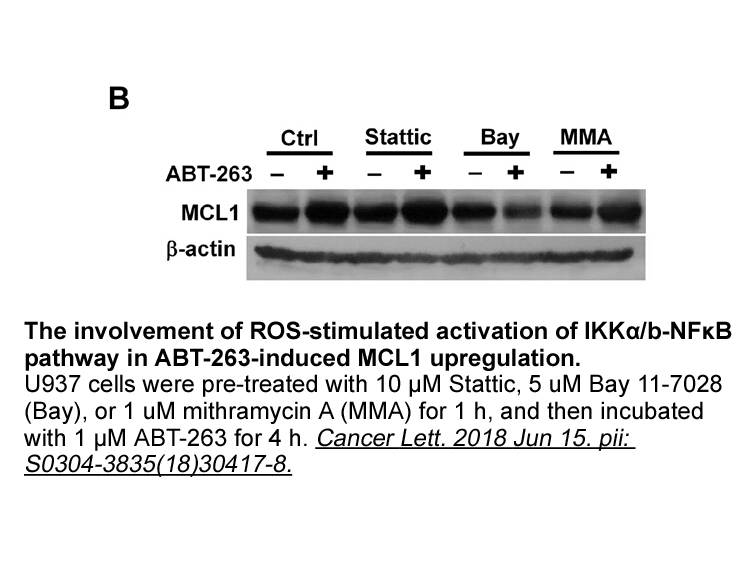
Glucagon regulates the transition from hepatic glucose utilisation in the absorptive state to glucagon production in the post-absorptive state by acute stimulation of glycogenolysis and inhibition of glycolysis [1]. An important component of this response is the phosphorylation of liver PFK2/FBPase2
16014 records 391/1068 page Previous Next First page 上5页 391392393394395 下5页 Last page